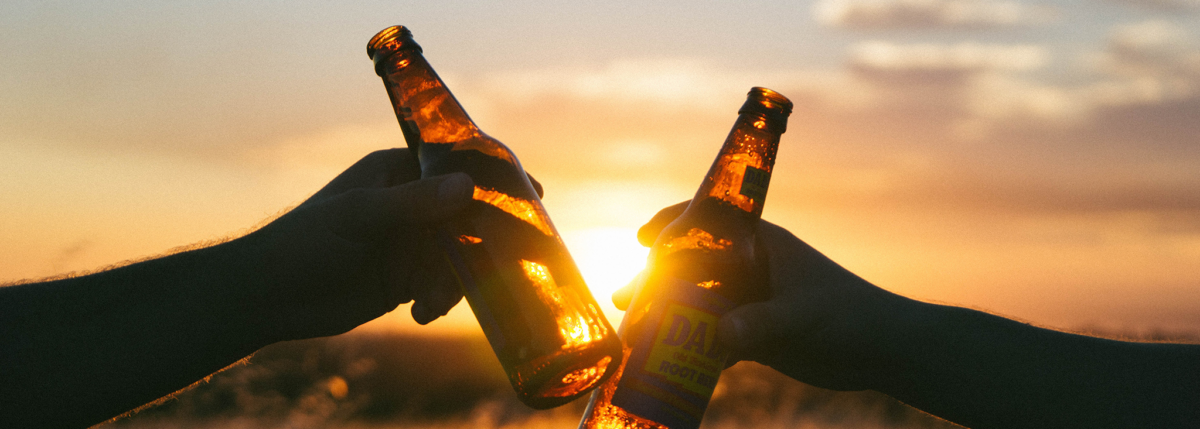Beer!
Editor’s Note: This content is a part of Beyond Type 1’s Alcohol and Diabetes Guide. This content has been verified by Dr. Basina, MD, a clinical associate professor at Stanford University. She’s a clinical endocrinologist and researcher with a focus on diabetes management and diabetes technology. Read more resources and stories about drinking with type 1 or type 2 diabetes here.
We’re living in something of a golden age of beer in the United States, with an estimated 2,700 craft breweries in the country alone. And beer options are abundant—from your traditional pilsners and ales, to lambic beer, imperial IPAs, Russian stouts and a litany of Belgian wheat beers.
Your social life doesn’t need to stop when you have type 1 diabetes, and neither does your love of beer. That’s right, if you feel the urge to drink up, go right ahead, just consider our advice for safe type 1 beer consumption.
Drinking Must-dos
- Eat before you drink – drinking on an empty stomach can send you especially low, since alcohol has a tendency to spike blood glucose levels (BGLs) high then drop them low. This is due to the liver processing the alcohol. For this reason, do not count alcohol carbs as food carbs. The elevated carb content in beer, compared to thither alcohols, can lead to an even greater spike and plummet scenario.
- Hydrate! Drink a glass of water between beers or an other calorie-free option (e.g. diet soda or iced tea). Hydration is key to avoiding a hangover as well as helping you stay in better range.
- Test you BGLs frequently – before going out, while you’re out, and before going home to bed. This continuous monitoring will help you manage the unpredictable numbers beer can give you.
- Make sure you’re with someone who knows you’re type 1 – if you exhibit signs of hyperglycemia or hypoglycemia, they know how to assist you if need be. Remember that hypoglycemia has similar signs of drunkenness such as drowsiness and disorientation.
- Avoid drinking too much – stay mindful. When one drinks, the liver stops to break down and remove toxins, preventing the organ from doing all the other jobs it normally would, such as releasing stored glucose if your levels start to fall. And if you’re drinking to the point of inebriation, it might be harder to realize that your body is struggling to do its job.
If you have a favorite beer (IPA, stout, etc.) consider doing a test run to see how that beer affects your BGLs. Test your levels before drinking anything at all and then immediately after drinking one beer. This should give you an idea of how your body reacts to different brews.
Light beers and traditional pilsners generally carry the lowest carb contents (6g), with some brews being created specifically for low carb content. These beers, however, while fine for some, are much less interesting to beer aficionados and craft brewery converts. But those bigger flavors and higher alcohol contents often come with elevated carb levels. Generally speaking, craft brewery stouts and wheat beers contain around 20g of carbs per bottle. Porters are often a little lower, in the 15g range. IPAs may offer your best bet for getting big, hoppy flavor and a manageable amount of carbs. Many IPAs clock in around 12g of carbs a bottle. While that’s still twice as much as many pilsners, it’s a good in-between.
Return to Beyond Type 1’s Alcohol and Diabetes Guide.





